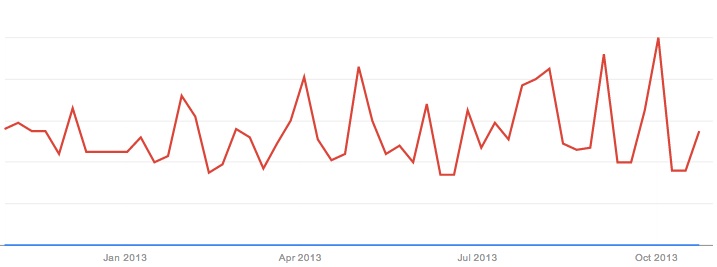Plain English is mandatory for all of GOV.UK. This means we don’t use formal or long words when easy or short ones will do.
For example, we normally talk about sending something (whether online or in the post), rather than 'submitting' it. This is short, clear and unambiguous. It's also listed in the Plain English Campaign's A to Z of alternative words.
Return to sender
We've recently been working with HMRC on moving VAT content to the 'mainstream' (services and information for citizens and small businesses) part of GOV.UK. In the first draft, we used the plain English 'sending your VAT return' across all of this content.
However, our HMRC colleagues felt very strongly that we should change this back to 'submit' to match the terminology used on the HMRC website, as this is 'used frequently and known by VAT businesses'.
What do users call it?
Making this change would mean we weren't sticking consistently to the plain English 'send' used elsewhere on GOV.UK, so we needed to be absolutely confident that this was the right thing to do. In other words, was this genuinely a case of writing to user needs rather than just reverting to the internal language of government?
We made this decision based on 2 other GDS design principles:
- being consistent, not uniform (so we can break established conventions if doing so better serves a user need)
- designing with data (acting on evidence of user behaviour)
Once we looked at the data (from Google Trends), this turned out to be a very clear-cut case indeed.
This graph represents search volumes over a 12-month period. The blue line is searches on 'send VAT Return'. The red line is searches on 'submit VAT Return'.
The data overwhelmingly contradicted our original assumption, so we changed all of the VAT content to reflect this.

Leave a comment